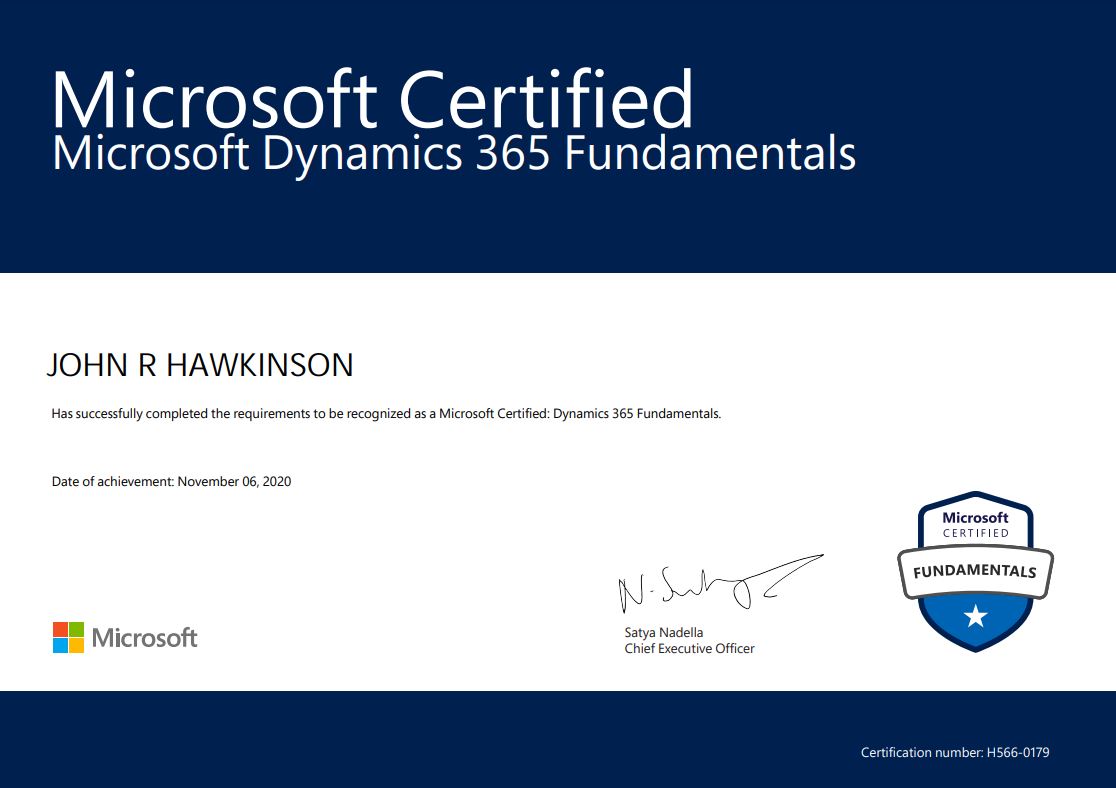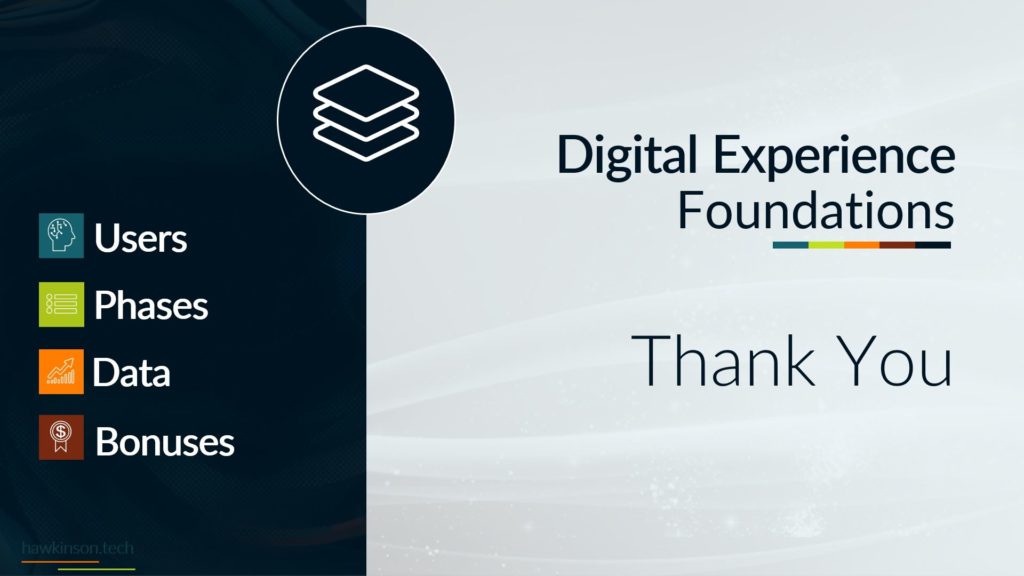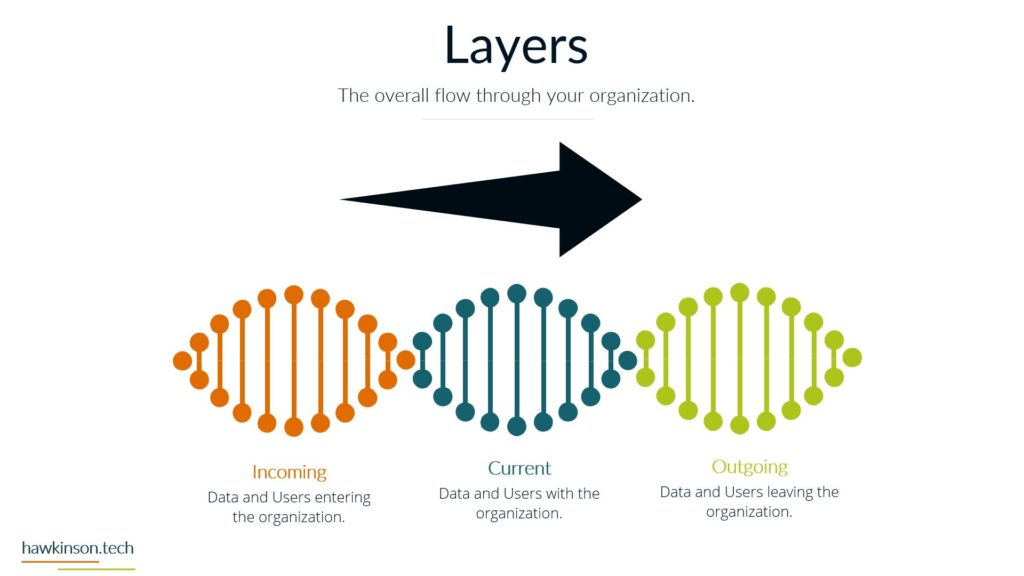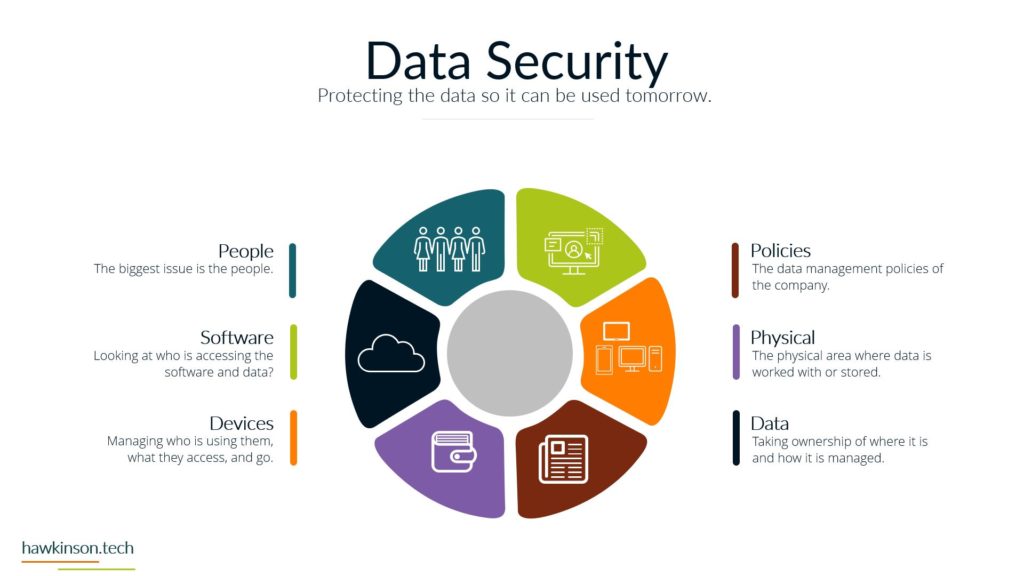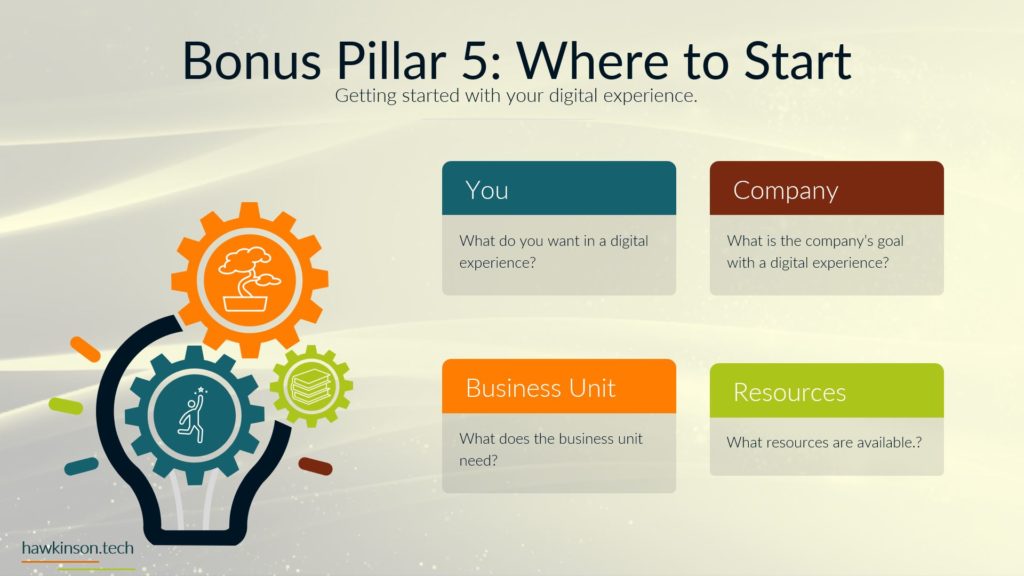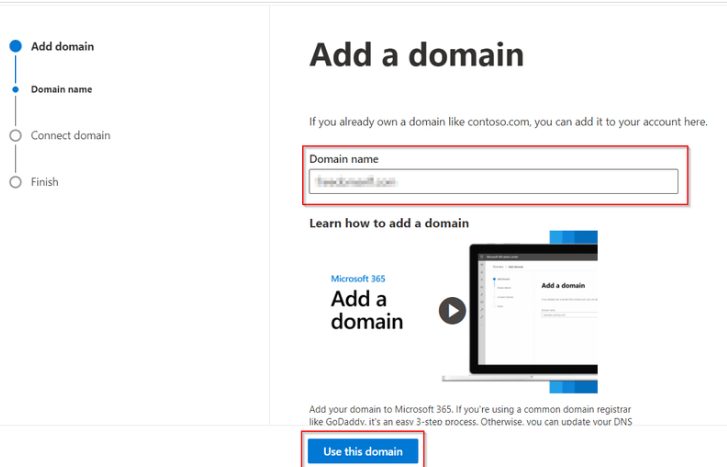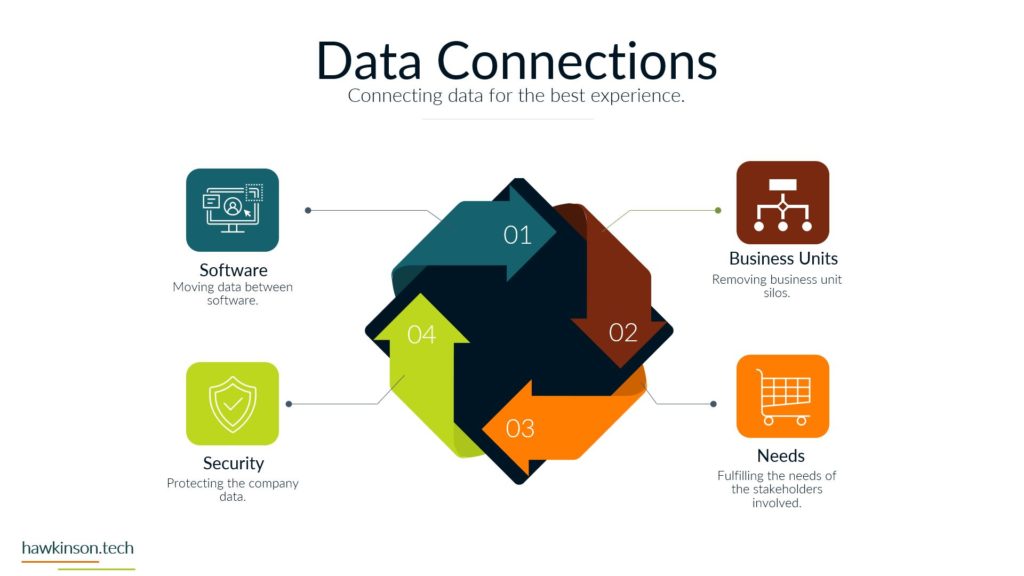Kinsta is a cloud-based host that provides managed WordPress solutions with unparalleled server capacity and optimization. The platform was created in 2013 by a team of WordPress specialists dissatisfied with the available WordPress hosting options.
It is currently one of America and Europe’s most rapidly expanding providers. They have grown to include customized WordPress hosting and hosting alternatives for apps and databases.
Key features
Free SSL
With Kinsta, you automatically receive SSL certificates, as one would expect from a premium provider. SSL ensures that all user activity on your website is encoded, which is beneficial for security, preventing legal action, and even improving SEO on Google. Moreover, performance-improving buffering options allow static websites to quickly move from resource-intensive to resource-efficient, utilizing fewer resources and loading pages faster for users.
Google Cloud Server Hosting
The unique selling point of Kinsta is that it only provides hosting for Google cloud servers. This distinguishes its infrastructure from its rivals’ conventional public or dedicated hosting.
Users get amazing benefits in strength, dependability, scalability, and versatility. Kinsta uses the exclusive fiber network owned by Google. It is one of the largest in the world, and in some areas, the bandwidth reaches 10,000 GB per second.
Outstanding Technical Support
The support staff at Kinsta is one of their greatest assets. It is made up entirely of seasoned developers with a variety of specialties. This indicates that the technical quality of help is among the best available.
Kinsta users can easily navigate a chain of level 1 or 2 support representatives since they always have access to genuine specialists who can answer their questions.
Other Features
- Daily backups
- 99.99%uptime
- One-click staging
- Regular updates
- Multi-user access
















